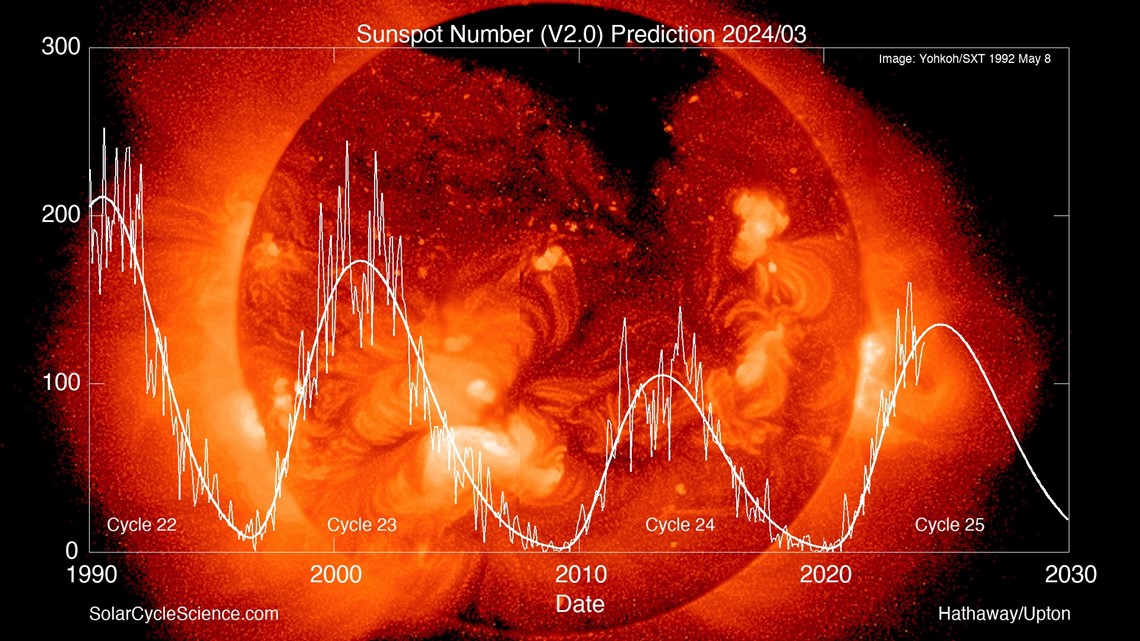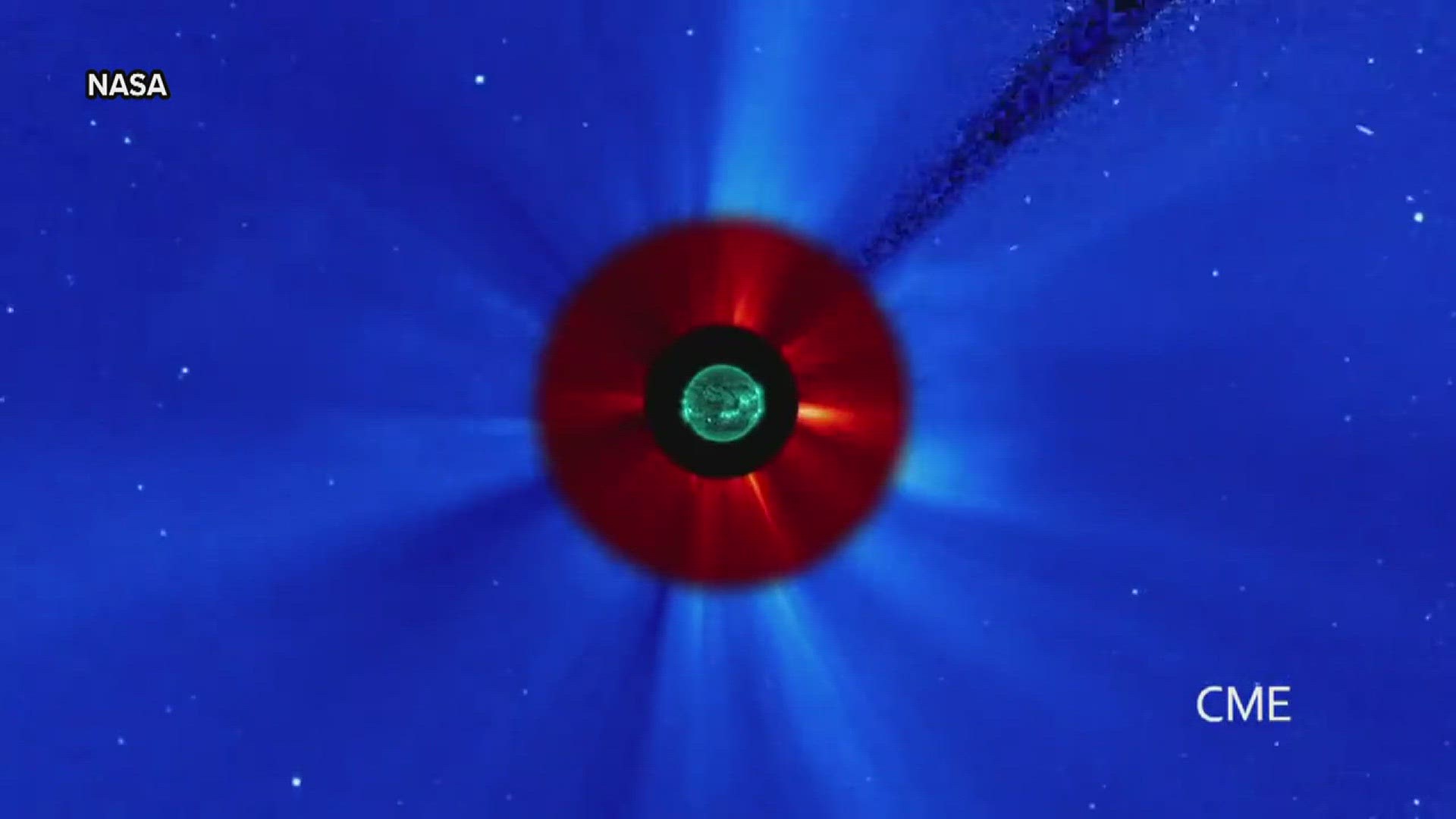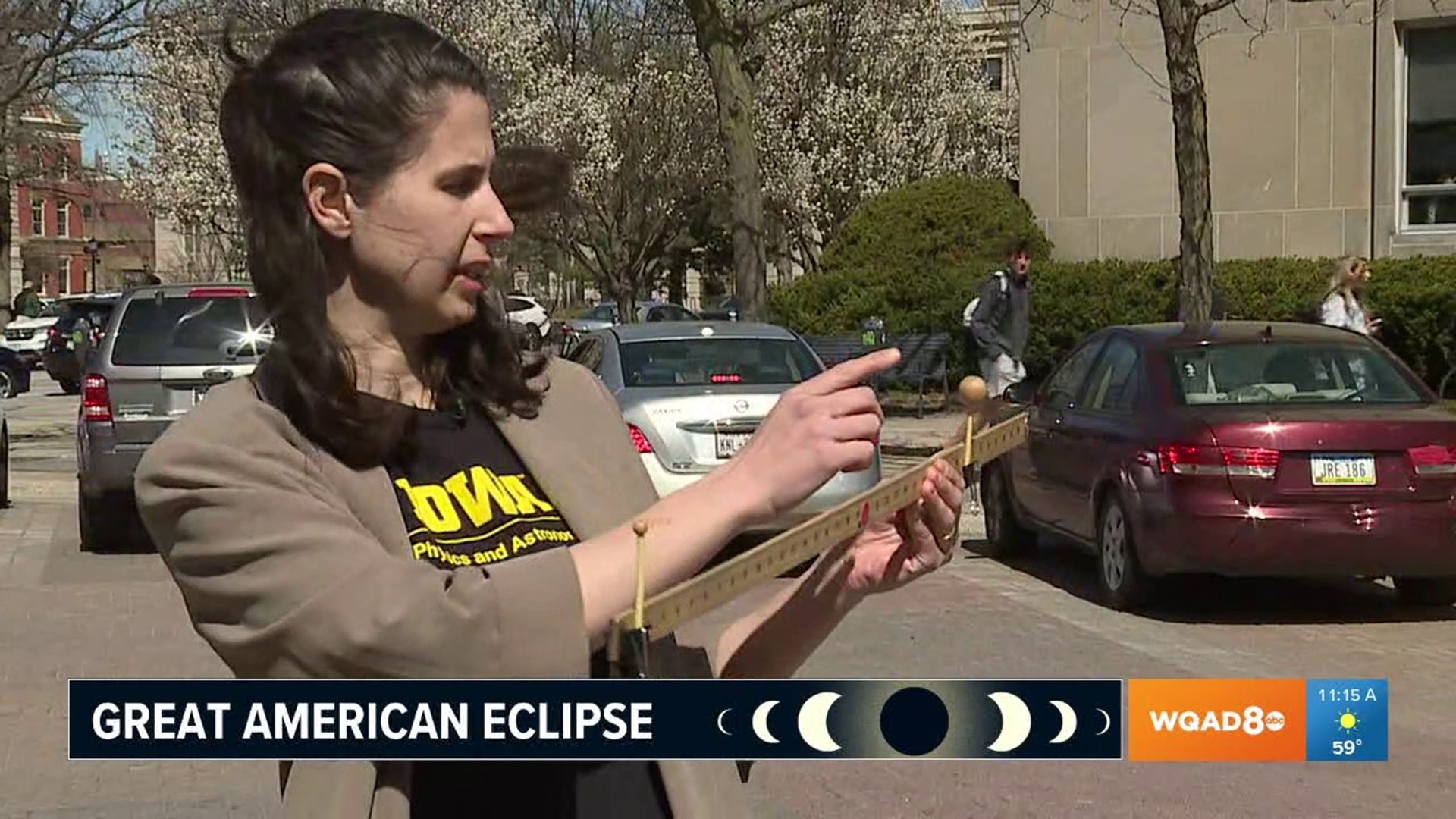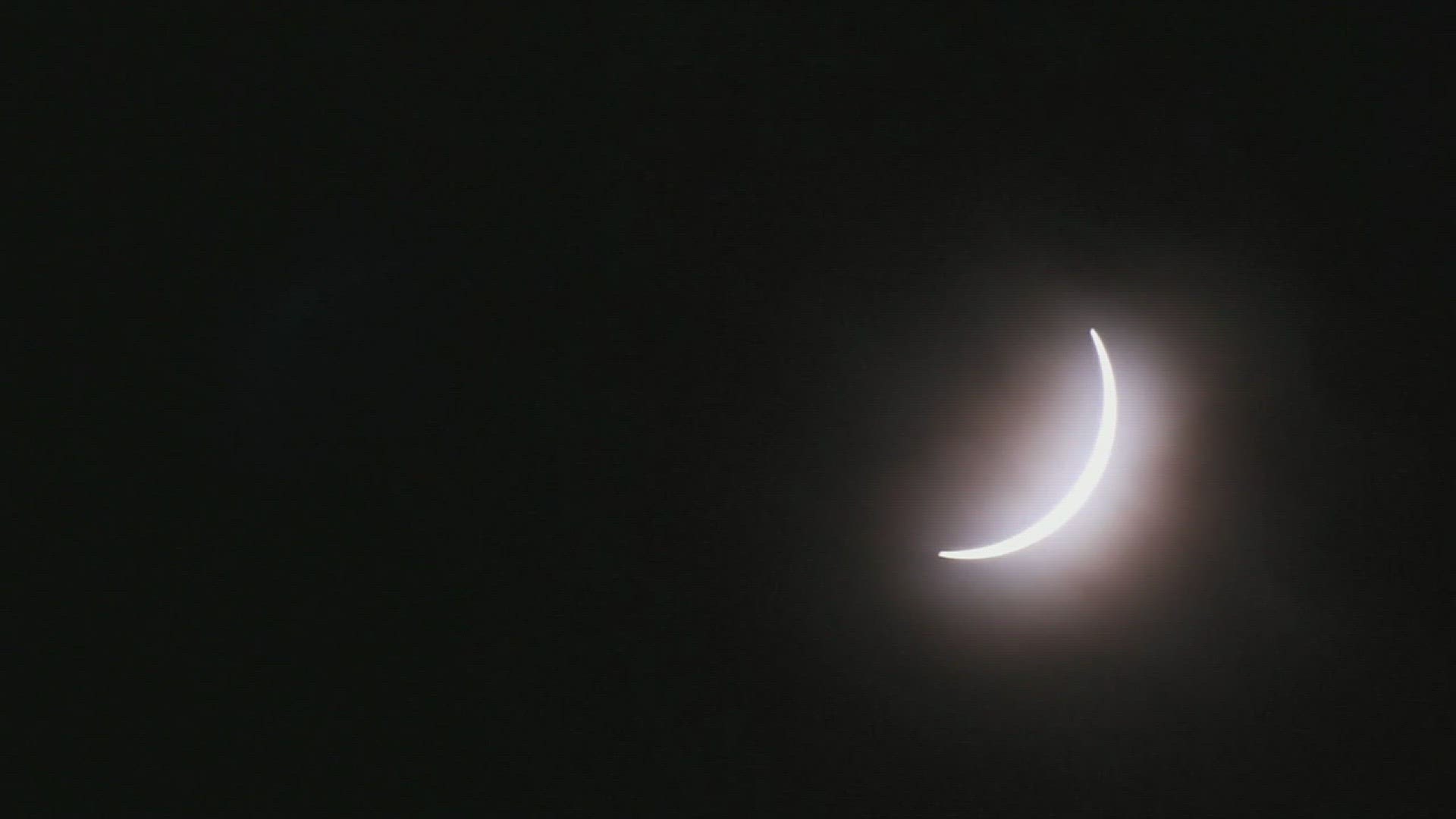IOWA CITY, Iowa — The Great American Eclipse Day has finally arrived! Thankfully, Mother Nature will fully cooperate with clear skies and really comfortable temperatures. While millions of people across the United States will be staring into the sun with those eclipse glasses, thousands of scientists will also be looking even deeper into the total solar eclipse, hoping to unlock more of the sun's secrets.
At the University of Iowa in Iowa City, Iowa, we spoke to a couple of post-doctoral researchers to get a better insight as to what scientists are hoping to gain from this eclipse.
What might we learn about the sun that we couldn't in 2017?
The sun goes through various cycles over periods of years. It just so happens that this eclipse is occurring during a particularly active cycle of the sun.
"The fact that in 2017, the sun was at kind of near solar minimum, and now 2024, it's closer to solar maximum. So there, there could be more interesting features that we see in the corona. That's exciting as a scientist," Dustin Swarm, a research scholar at the University of Iowa, said. This essentially means we may be able to see some of the sun's activity in the form of filaments, along the outer edge during totality as the brightness dims.


This year and 2025 are expected to be peak sun activity years before we enter another solar minimum by 2030.
Fernando Cruz Aguirre, another research scholar at the University of Iowa agrees that this eclipse will give us a unique glimpse into the sun's behavior.
"This eclipse in particular will be interesting because we're approaching what is known as solar maximum, where the sun is going to be a lot more active than it usually is...During the total solar eclipse, you might be able to see prominences and filaments coming off the edge of the sun when the moon is covering it," Aguirre said.
NASA will be in the air during eclipse
Two out of three WB 57s left in the world will be in the air during the solar eclipse. This aircraft is unique in that it can fly at higher altitudes in the atmosphere, between 50,000 and 60,000 feet while following the path of totality. At that height, there isn't much dust or dirt to diminish the quality of imagery, giving scientists the ability to see infrared light from the sun that can't typically be seen from the round.
Meteorologist Chita Craft from News 8's sister station in Houston, Texas (KHOU 11) spoke with a solar astrophysicist about how this would work.
"The shadow moves at about 1,500 mph at its slowest and the airplanes are moving at only about 460 mph, so the shadow will overtake them pretty quickly," Amir Caspi said. "But as long as you know all of those things, you can put the math together and you can plan for trying to be at a particular place."
Four cameras on the nose of one WB 57 are looking at it in special colors or wavelengths. Of light from visible light — what we can see with our eyes — all the way down to a region of light we call the mid-wave infrared, which not only can we not see with our eyes, but we can't really measure it very well from the ground because the atmosphere emits and absorbs those wavelengths of light.
Our lifetime is prime eclipse viewing
"We are in this period on Earth, where the moon and the sun are about the same size in the sky," Aguirre said. "That was not true early in our planet's history when the moon was a lot closer and a lot bigger than the Sun in the sky. And in the future, as the moon is slowly going away from our planet. I have like a rate of centimeters per year, something really small. But in the far future, we're not going to be able to get these total solar eclipses anymore."
No worries, though. We are talking millions of years here. You, your kids, grandkids, great-grandkids and even their great-grandkids will still be able to view solar eclipses in the future.



